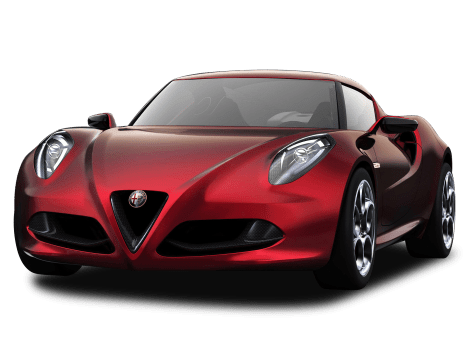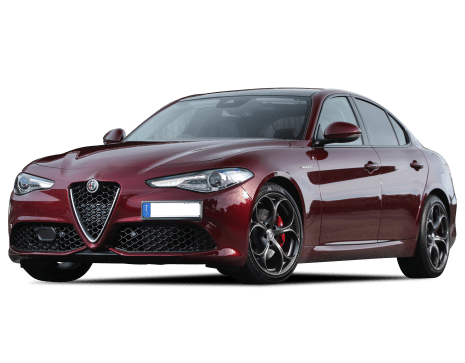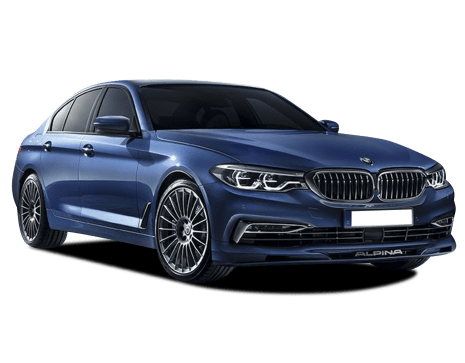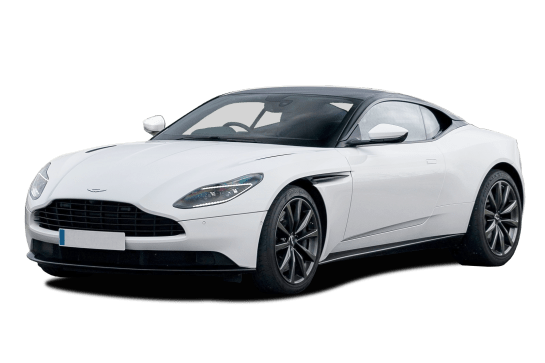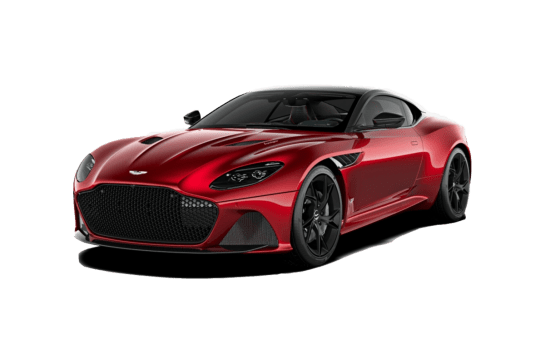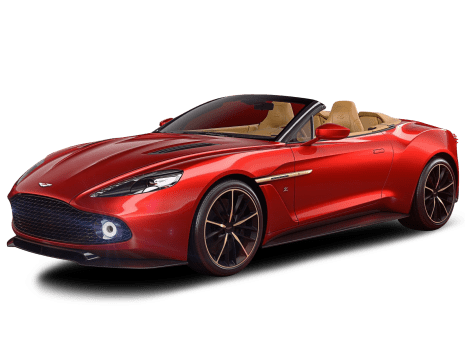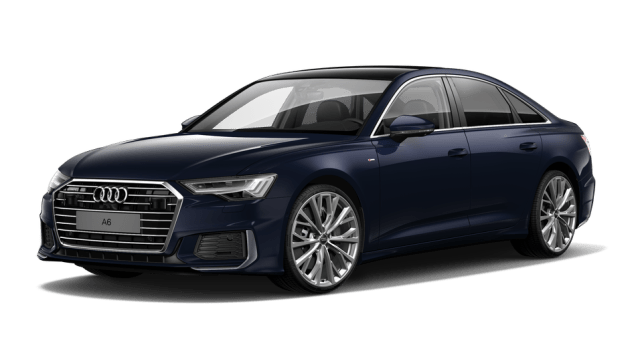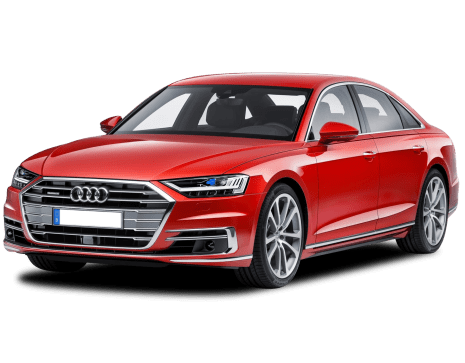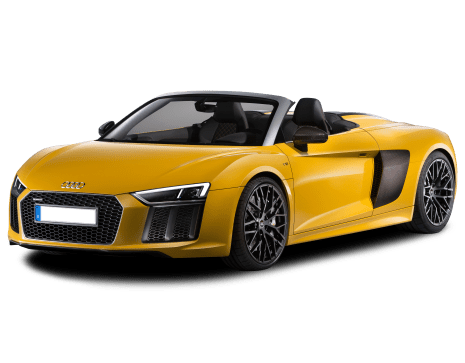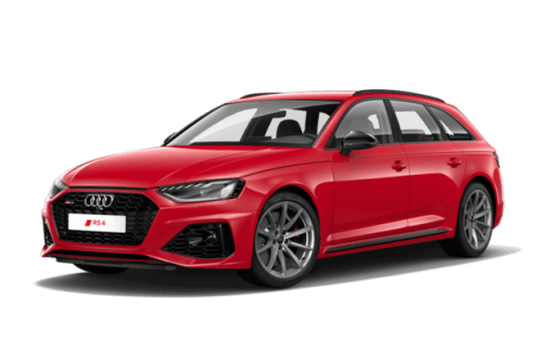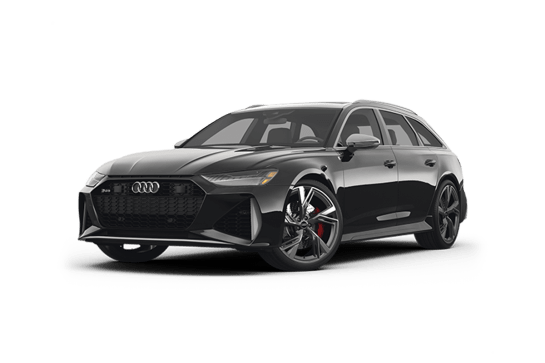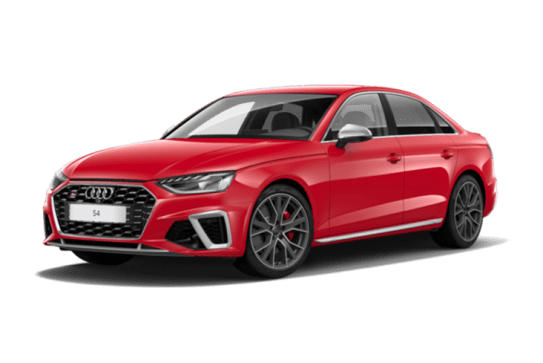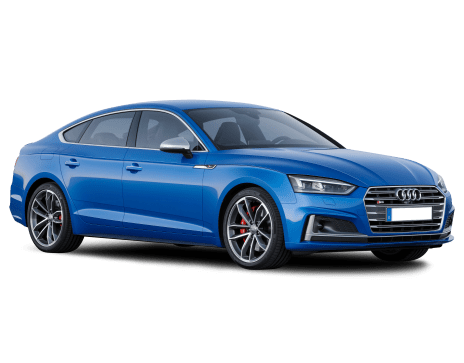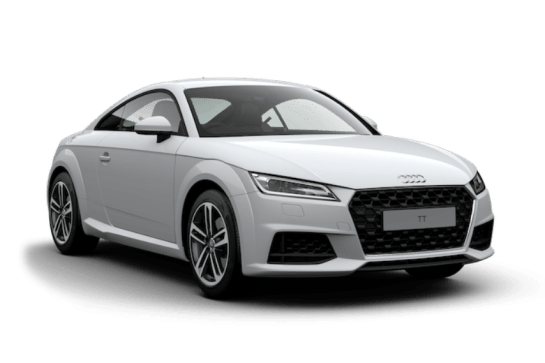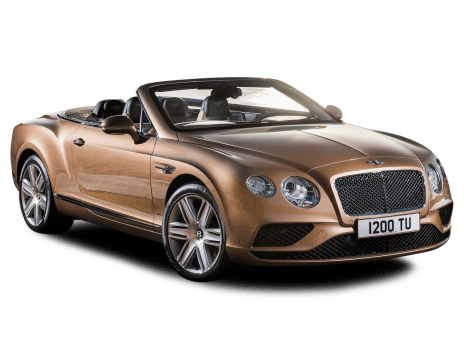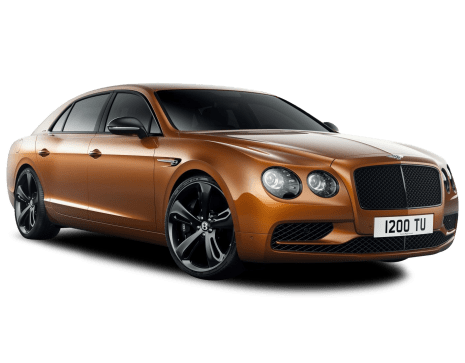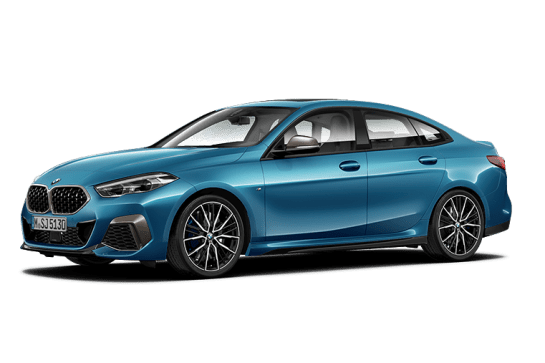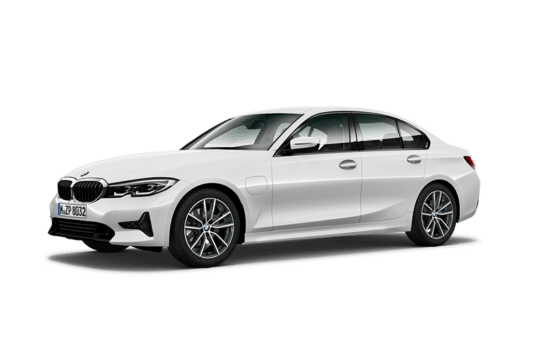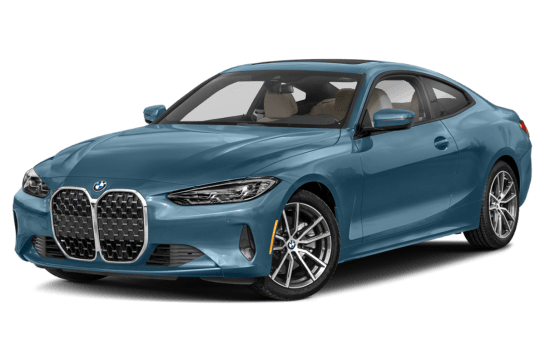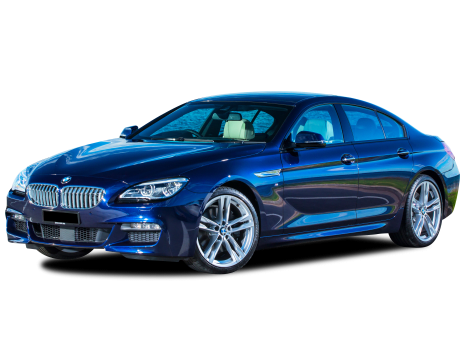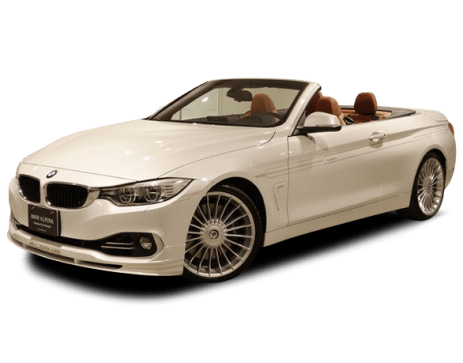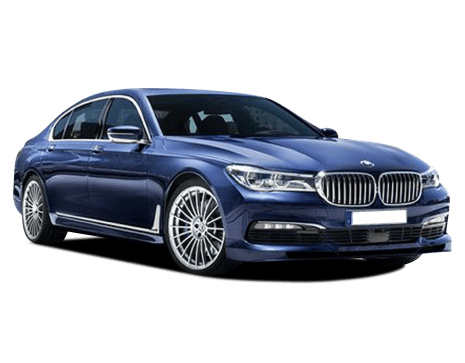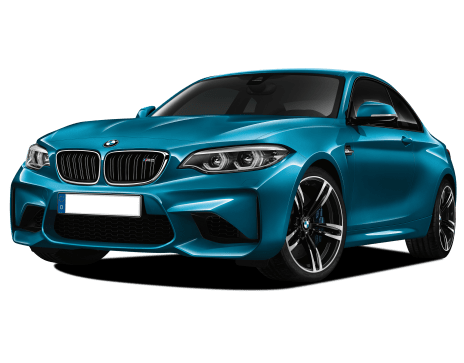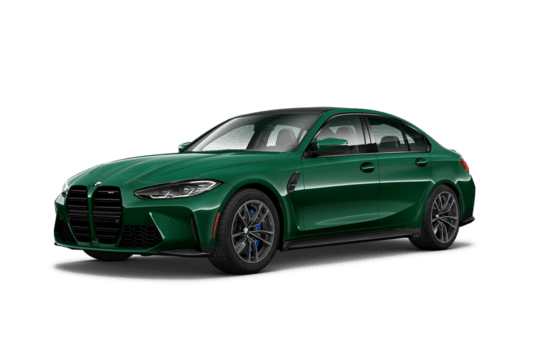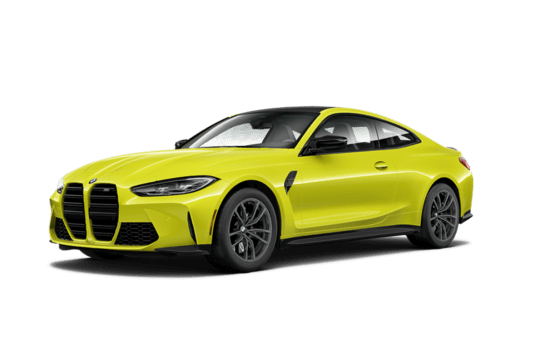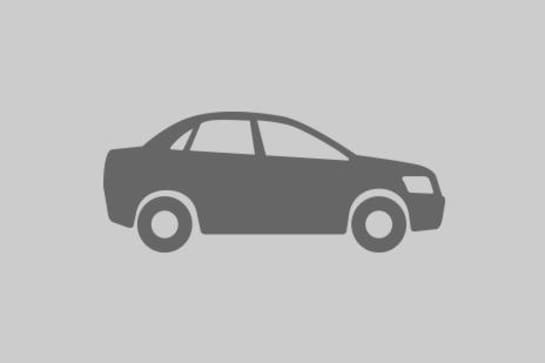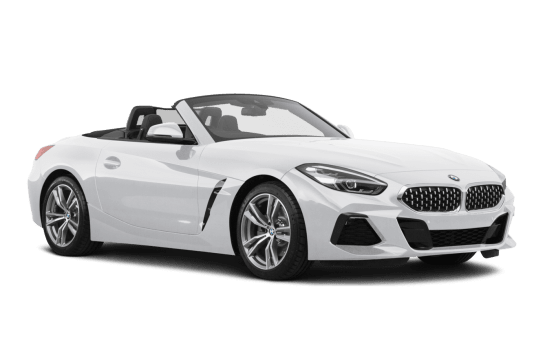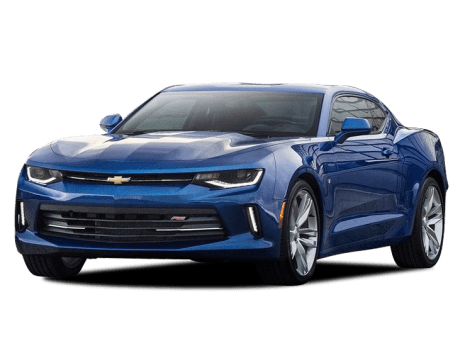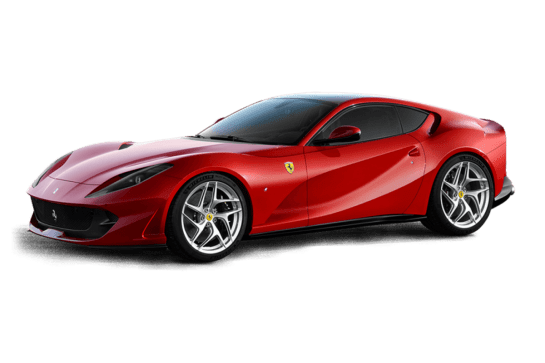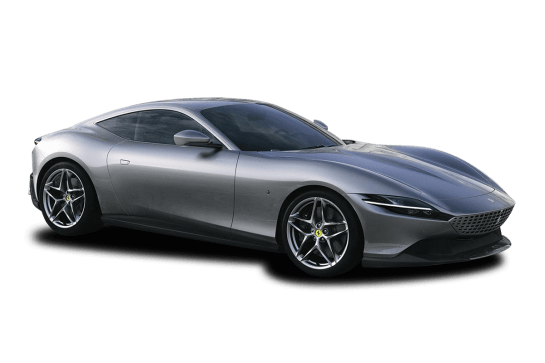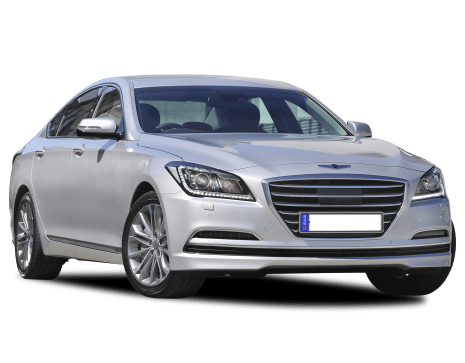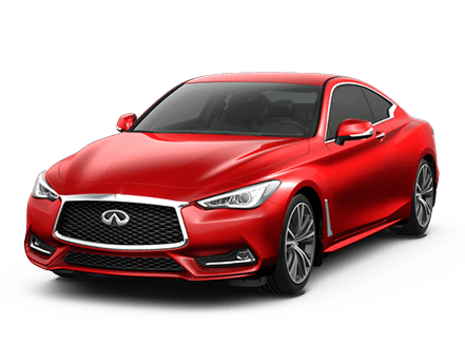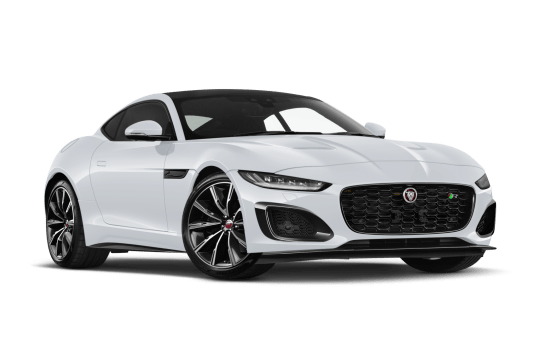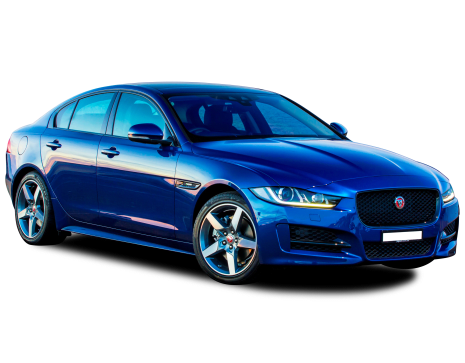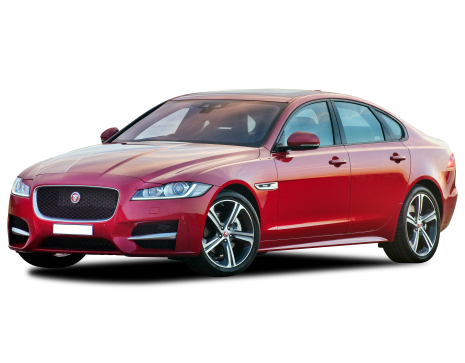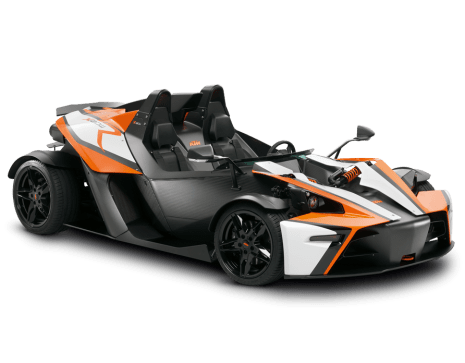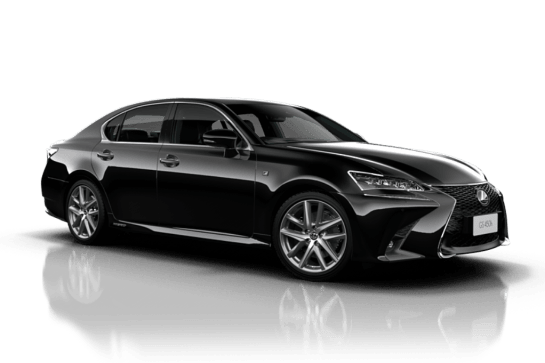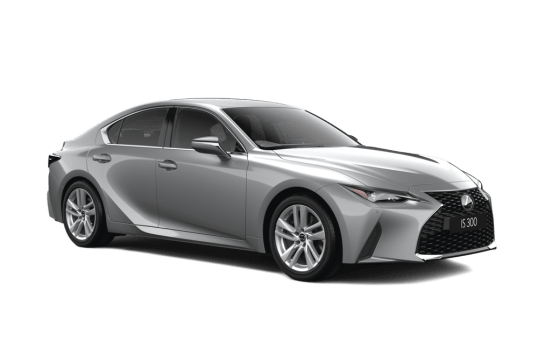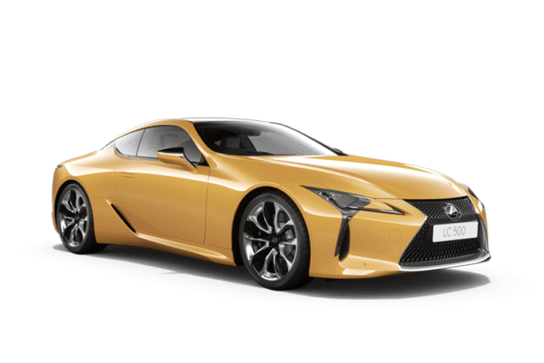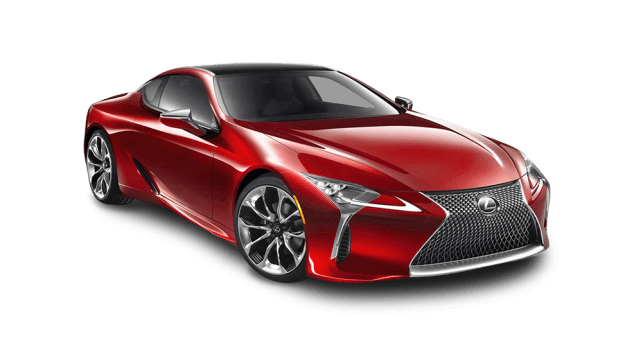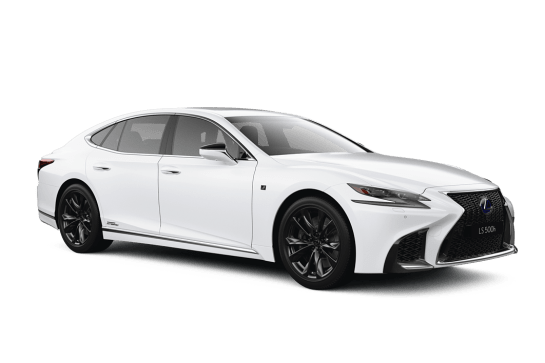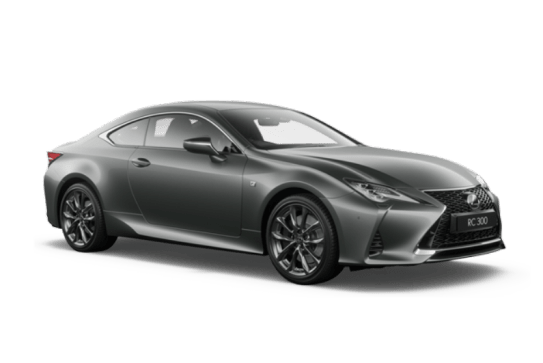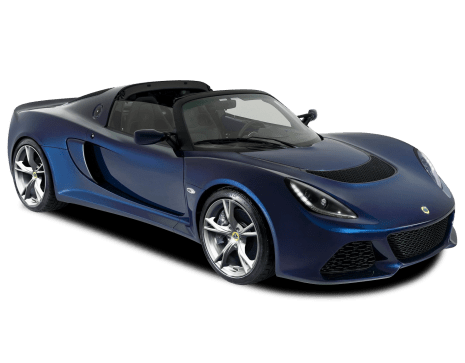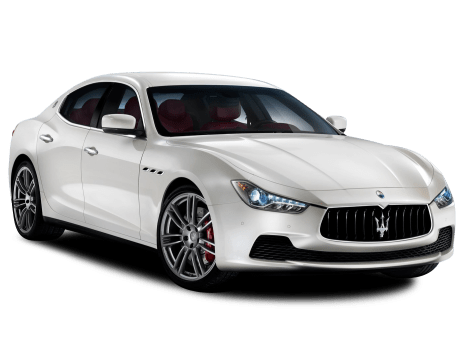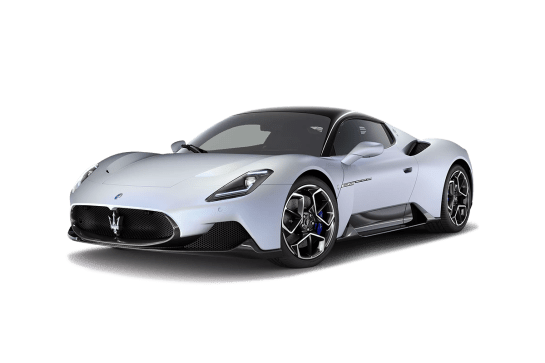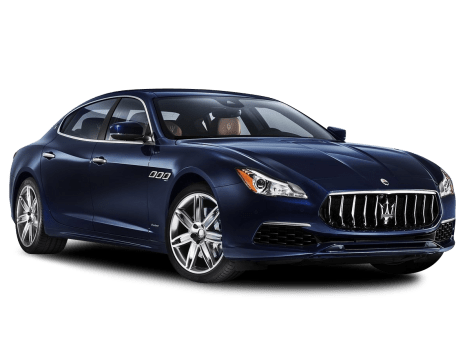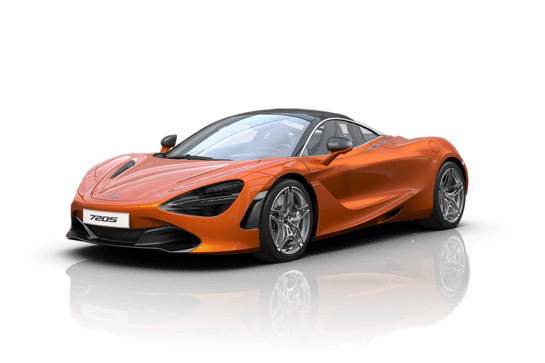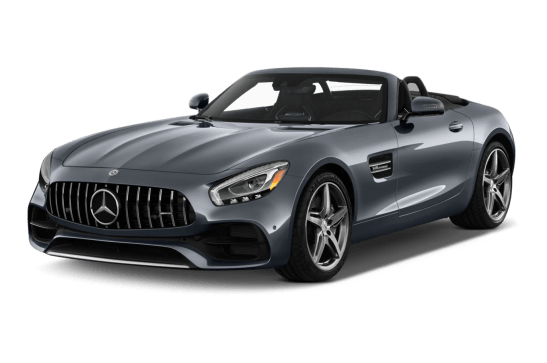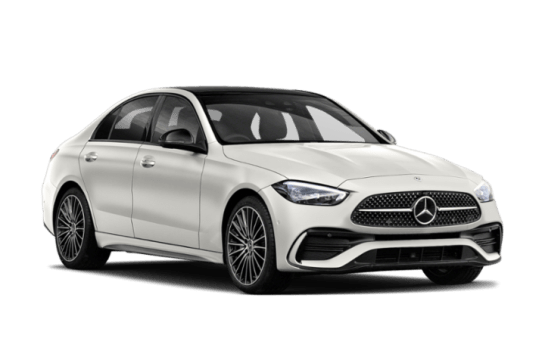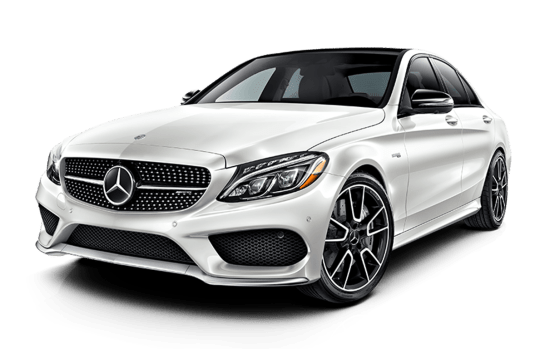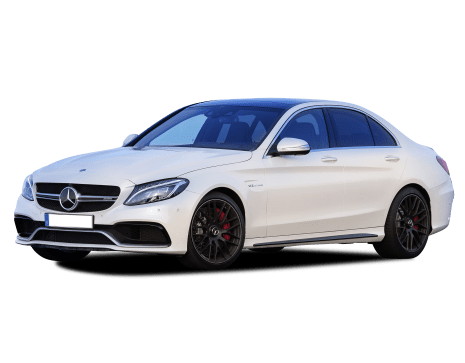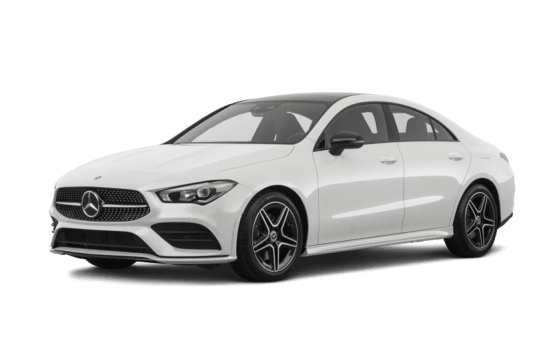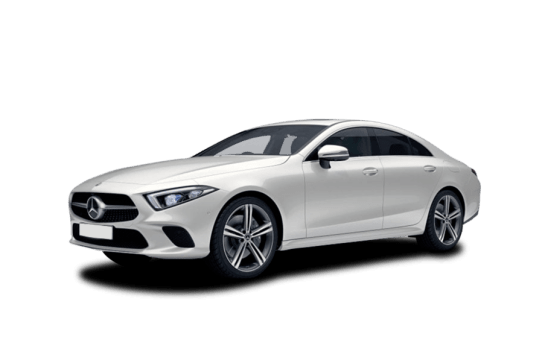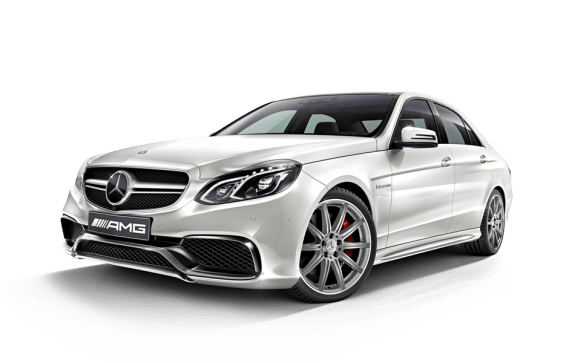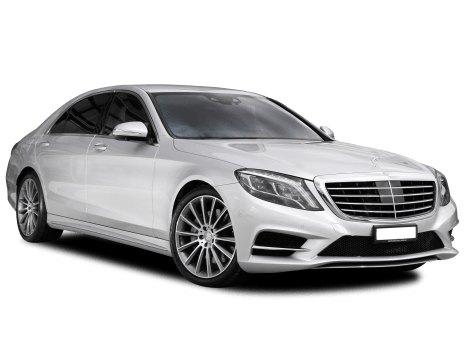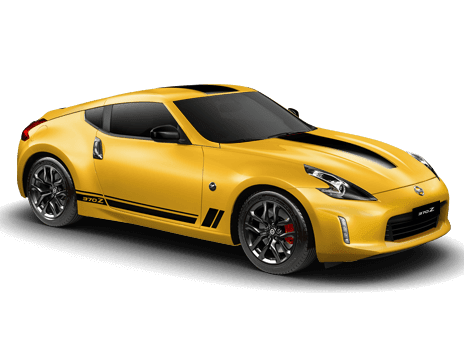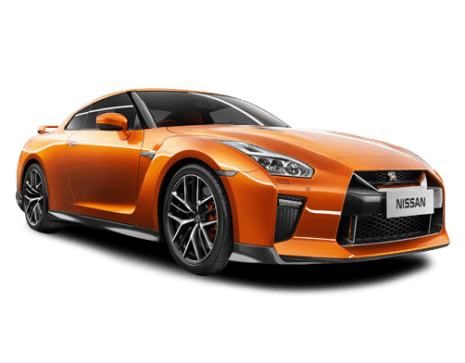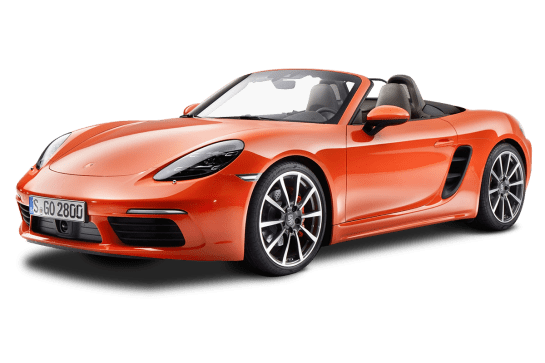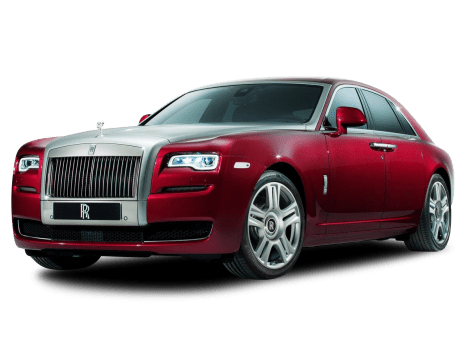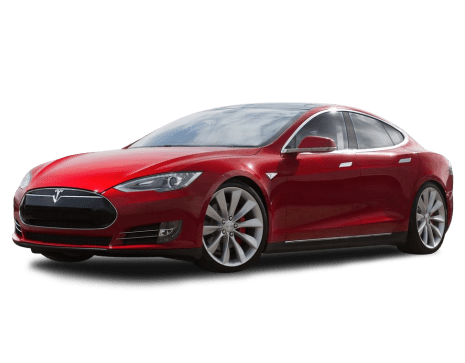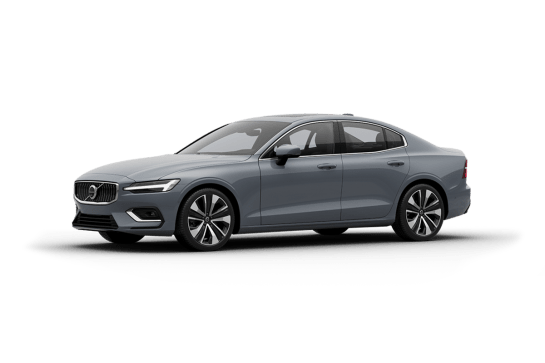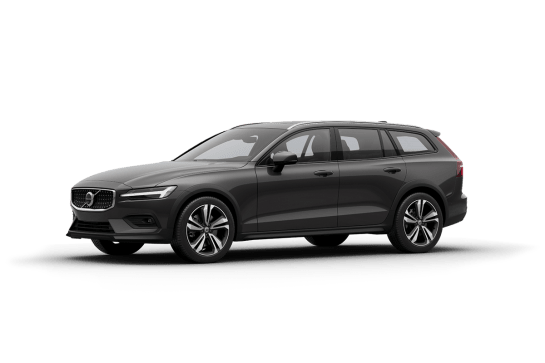
Mercedes-Benz E-Class VS Mercedes-Benz CLS-Class
Mercedes-Benz E-Class
Likes
- Plenty of kit
- Subtle but stylish
- Cruising comfort
Dislikes
- Only one variant
- Could do with more power
- Price once optioned-up
Mercedes-Benz CLS-Class
Likes
- Sleek styling
- Beautiful cabin
- Ride and handling
Dislikes
- Limited rear legroom
- Higher entry price into range
- No diesel variant
Summary
Mercedes-Benz E-Class
It might not be as tribal as Ford vs Holden, but there’s a rivalry between BMW and Mercedes-Benz that occasionally becomes more obvious - the launch of the new Mercedes E-Class only months after the BMW 5 Series being one of those times.
But Mercedes has done something different. Instead of multiple variants and electric cars under the E-Class banner, Australia gets just one, the E300.
Read more about
- Electric backflip: Mercedes-Benz bins plans to develop new platform for electric cars - report
- 2024 Mercedes-Benz CLE Coupe: Australian pricing, model line-up and engine options confirmed for new two-door, four-seat Audi S5 and BMW 430i performance luxury competitor
- Top 10 most expensive Mercedes-Benz cars
Is it enough to tackle the big Bavarian sedan in the sales race? We attended the Australian launch just north of Melbourne to find out.
| Safety rating | |
|---|---|
| Engine Type | 2.0L turbo |
| Fuel Type | — |
| Fuel Efficiency | 2.2L/100km |
| Seating | 5 seats |
Mercedes-Benz CLS-Class
There are people who probably wish the Mercedes-Benz CLS would just go away. Call security, have it escorted off the premises. That’s probably because they don’t agree with its styling. For them, it’s not how a large four-door Mercedes-Benz should look, with its ‘rude’ coupe roofline.
But for some of you those looks are exactly why you want it, and there’s enough of you out there for Mercedes-Benz to tell us at the launch of the new-generation CLS that the model is here to stay.
“You don’t surrender a segment… a vehicle has to do 100 units to justify bringing it – this will do 100 units no problem sat all,” were the exact words from Benz’s head of communications David McCarthy.
You could say Benz created the four-door coupe segment when it launched its first-generation CLS 14 years ago, triggering its rivals to fire back with their own four-door coupes - the Audi A7 and BMW 6 Series Gran Coupe.
Far from surrendering, the CLS has evolved again with this third-generation bringing new engines and styling. So, what do you gain and what will you have to surrender (for lack of a better word) if you choose to go down the non-traditional route of the CLS?
I found out when I drove the new CLS 450 4Matic for the first time on Australian roads at its recent launch.
| Safety rating | |
|---|---|
| Engine Type | 2.0L turbo |
| Fuel Type | Premium Unleaded Petrol |
| Fuel Efficiency | 7.8L/100km |
| Seating | 5 seats |
Verdict
Mercedes-Benz E-Class7.6/10
The E-Class is stacked with kit, looks great, and is an effective and comfortable way to get around in built-up areas or across the countryside.
While it’s not the most dynamically engaging - it’s pipped by its Bavarian rival there - it offers more comfort-oriented features than most, and the cabin is a pleasant place to spend a day driving.
If you're disposed towards stumping up the asking price, the extra outlay for the 'Plus Package' will probably be most relevant to you if you’re covering long distances due to the Airmatic suspension.
Otherwise, even a simple-spec E300 provides a step up from what you might expect from an executive sedan.
Note: CarsGuide attended this event as a guest of the manufacturer, with accommodation and meals provided.
Mercedes-Benz CLS-Class8/10
The Mercedes-Benz CLS has proven to be a niche hero, creating a segment and then evolving into something even more elegant, while keeping its unique appeal. A beautiful, modern cabin and the new engine in the CLS 450 provides the swiftness to match those looks.
Do you wish the Mercedes-Benz CLS would just go away or do you think it's just perfect? Tell us what you think in the comments below.
Also, check out Matt Campbell's video review from the CLS's international launch:
Design
Mercedes-Benz E-Class
Evolution rather than revolution is obvious when it comes to the E-Class’ styling, but that’s in Mercedes’ best interests, because it’s still a good-looking thing, and being a bit subtle is warranted in the executive sedan game.
The biggest changes come in the headlights and tail-lights. Up-front there are now more than one million pixels in the LED headlights, which have adaptive high beam as standard and are more connected to the grille via black trim, as has been seen in EQ electric models.
Underneath, the bumper now features an AMG-style 'A-wing' apron as part of the 'AMG Line' exterior package as standard. A set of 20-inch AMG alloys are also included.
To the rear, and the digital tail-lights feature a Mercedes-Benz star motif, making its lighting signature now more recognisable from behind.
The German Rainbow is well-represented with mostly shades of grey, black, or white available, though 'Verde Silver Metallic' is a slightly retro green, and 'Nautic Blue Metallic' is a subtle and classy tone.
The daring ‘Manufaktur’ shade of 'Patagonia Red Metallic' is a $2500 option, as is 'Opalite White Bright' while 'Alpine Grey Solid' is $2900.
Mercedes-Benz CLS-Class9/10
The new-generation CLS has arrived looking slipperier than a cake of soap on the bottom of the bath. This model has always had svelte styling, but things have become even smoother with Benz’s design chief Gorden Wagener insisting more lines be removed in the creation of this latest version.
So, while there’s the familiar profile of that roof tapering down into the boot lid, the long rear overhang and that sliver of a window opening arching and turning down sharply at the rear, it's a more flowing design now that there are less edges to break it all up.
A new ‘shark nose’ grille opening, and broad bonnet adds a hunk of muscle car toughness to the CLS’s face. But it’s refined thuggery, with that single-louvered ‘diamond studded’ grille flanked by flush-mounted headlights. The tail-lights, too, are so contoured to the body around them they look painted on.
As CarsGuide senior editor Matt Campbell pointed out in his review of the CLS at the international launch, the car looks far better in the metal than it does in any photo.
The CLS is based on the E-Class, sharing its platform and technology, but it’s about 20mm longer (at 4988mm) end-to-end. That’s almost 50mm longer than the previous generation CLS, too. At just over 1.4m tall the CLS is low-slung but wide at 1.9m across (almost 2.1m including mirrors).
The CLS’s cabin mirrors that of the E-Class, too, with a sweeping dashboard which flows through into the doors, two large landscape displays for your instruments and media, an oversupply of air vents and some darn sexy lighting. It’s a luxurious, stylish, comfortable, but snug setting cocooned by padded leather and polished surfaces.
The Australian CLS has been fitted standard with the AMG interior and exterior packages.
You can pick from 11 colours – eight of which are no-cost options and include, 'Polar White', 'Obsidian Black', 'Iridium Silver', 'Citrine Brown', 'Graphite Grey' and 'Cavansite Blue'. Optional colours include 'Hyacinth Red' and 'Selenite Grey Magno'.
Practicality
Mercedes-Benz E-Class
Inside, the E-Class should feel familiar to anyone who’s spent time in a recent Benz, though the Superscreen might be the main point of difference. It’s an immediately comfortable place, though, with a relatively visually busy cabin.
The seats and their adjustability mean most drivers and passengers, regardless of height and size, should feel supported (and ideally relaxed), while touch-points are mostly either leather upholstery or digital screens.
The steering wheel, also seen in plenty of other Mercedes models, is a bit of a let-down, however, with its haptic touch pads on a slightly busy two-tier layout. This millennial found it irritating, surely too will the usually older E-Class buyer.
There are a few other small annoyances, one being that the MBUX Assistant sometimes won’t hear a command, or that not everything seems to be able to be controlled by it. The climate control vent positions are electrically adjustable to certain pre-sets through the menu, but the MBUX Assistant isn’t able to do this for you.
And while the driver display and central multimedia screen are fairly user-friendly, it’s not always immediately apparent what the quickest way to find some information or a setting is.
Our test car was fitted with the 'Plus Package', which means four-zone climate control available to the rear seats, which my 180cm-tall self found spacious with plenty of headroom, kneeroom, and even a fair bit of room under the driver’s seat.
Behind the rear seats, there’s a generous 540 litres of boot space, exactly the same capacity as the previous generation E-Class.
Mercedes-Benz CLS-Class7/10
Remember how I said you were going to have to surrender something if you wanted a CLS? Well, yes, you’ve have to surrender your hard-earned money, but you’ll also have to give up quite a bit of practicality.
That swooping roofline makes entry into the front seats a bit precarious for people of my height (191cm) trying to swing themselves into the cockpit without clocking their heads on the A-pillar.
The impracticality only gets worse with entry into the back seats, and legroom in there for me is tight, too.
I can only just sit behind my driving position thanks to the contoured seat backs. Headroom is also limited.
It’s worth pointing out that this time the CLS is a five-seater – the previous generation sat just four.
Storage isn’t bad, running to a deep centre console bin with a split lid, there are two cupholders up front and another two in the rear fold-down armrest along with another covered drawer, and all doors have small bottle holders.
The CLS’s boot capacity is 520 litres, and the rear seats fold 40/20/40 to provide extra space.
Price and features
Mercedes-Benz E-Class
While cross-shopping the E-Class and a BMW 5 Series would normally be relatively easy, the Merc’s $131,500 starting price, before on-road costs, puts it plenty north of the base 520i, the only petrol one available, at $114,900. The electric i5 eDrive40 starts from $155,900, more than $20K over the Mercedes.
But the E-Class is stacked with features as standard, and while there are a couple of option packs, Mercedes Australia has tried to streamline the most popular features and specifications into the E300.
Its $131,500 price gets you a tech-heavy sedan with Merc’s latest 'MBUX' system housed in a visually impressive, if perhaps unnecessary, 'Superscreen' dash.
The dual-screen set-up incorporates a main 14.4-inch central multimedia touchscreen and a 12.3-inch display for the passenger, allowing the driver to keep, for example, a map visible while a passenger sorts out media or comfort settings.
The system is also designed to avoid taking users through sub-menus, though can be bypassed by wireless Android Auto or Apple CarPlay.
It also features a selfie camera mounted to the dash, which is disabled for the Australian market at present. Mercedes-Benz Australia hopes to change this soon.
Mercedes also plans to allow the MBUX system to learn what settings and functions will be most useful to the driver under certain conditions, but currently users are able to manually create so-called ‘Routines’ such as setting the climate control and seats to warm up if it’s below a certain temperature, and can even adjust the ambient lighting to a warmer colour.
More automation comes in the brand’s MBUX ‘Hey Mercedes’ system, which can now respond to commands without the driver needing to say “Hey Mercedes”.
Heated and vented front seats, leather upholstery, wireless phone charging, and a 17-speaker Burmester sound system with Dolby Atmos 4D sound are also standard - the latter being a clever feature that positions different elements of the audio, usually music, to give a 360-degree feeling, as well as turning bassier tones into a physical vibration via “tactile transducers” in each front seat’s backrest. Good for bassline junkies, then (apologies to Mr. Rascal).
With the $9400 'Plus Package', the E-Class also comes with 'Airmatic' suspension and rear-axle steering (which I’ll touch more on later), power-closing doors, 'Urban Guard' to monitor your vehicle while it’s parked, an illuminated grille up front, a more capable version of the MBUX 'Interior Assistant', four-zone climate control and Mercedes’ 'Digital Light' function, which uses the more-than one-million pixels in the headlights to project onto the road or surface in front of you when turning the car off or in driving situations to alert road users of potential danger.
A $6200 'Energising Package' adds multicontour front seats with comfort headrests, upgraded climate controls with 'Air-Balance' and fragrances, upgraded seat heating with armrest heating for the front occupants and heated seats for the rear.
Mercedes-Benz CLS-Class8/10
Benz has dropped the 250d grade, which means you can no longer have your CLS with a diesel engine. That also means the new entry fee is higher with the CLS 350 kicking the line-up off at $136,900 (list price).
You’ll be rewarded with a decent amount of equipment for the outlay, though. Coming standard on the CLS 350 are those two 12.3-inch screens, a head-up display, a 13-speaker Burmester stereo, sat nav, Apple CarPlay and Android Auto, digital radio, surround view camera, leather upholstery, heated front seats, 'Brown Ash' wood trim on the centre console, wheel-mounted shifting paddles, AMG exterior and interior packages, auto-parking, 20-inch AMG wheels, air suspension, proximity key and privacy glass.
The CLS 450 4Matic lists for $155,529 and adds air filtering in the cabin, power closing doors, a sports exhaust system and all-wheel drive.
At the top of the three-grade range is the Mercedes-AMG CLS 53 4Matic+ for $179,529. The extra money buys you nappa leather upholstery, wireless charging, the ‘Night’ body kit, an AMG exhaust system, and of course, a lot more grunt which you can read about below.
Under the bonnet
Mercedes-Benz E-Class
This lone E-Class variant is powered by a turbocharged 2.0-litre engine pumping out 190kW and 400Nm, assisted by a 48-volt battery system. Under EQ boost, an extra 17kW and 205Nm is available for a short time.
It’s hooked up to a nine-speed auto that drives the rear wheels, and it’s all pretty traditional… for 2024, that is.
Mercedes says the E300 is able to hit 100km/h in a respectable 6.3 seconds.
Mercedes-Benz CLS-Class8/10
If you’ve skipped straight to this bit you’ll have missed news that there’s no longer a diesel engine in the CLS line-up. Instead you have a choice of three petrol engines – one for each grade and all of them are new to the model.
The CLS 350 has a 2.0-litre four-cylinder turbo-petrol engine producing 220kW/400Nm. That grunt is delivered to the rear wheels via a nine-speed automatic.
The CLS 450 4Matic has a 270kW/500Nm 3.0-litre in-line six-cylinder engine with a twin-scroll turbo and like the Mercedes-AMG 53 above it has an integrated electric motor called an EQ Boost. While it’s a hybrid system of sorts the electric motor doesn’t drive the wheels, instead it recuperates kinetic energy and charges the battery.
The CLS 450 uses the nine-speed auto, as well, and is all-wheel drive.
The Mercedes-AMG CLS 53 4Matic has the same transmission and engine as the CLS450 but has been given a heftier twin-scroll turbo charging system and tuned to produce even more grunt at 320kW/520Nm. The 'EQ Boost' performs the same function as in the CLS 450, but also provides power to an electric turbocharger. The Mercedes-AMG CLS 53 4Matic is also all-wheel drive and uses a nine-speed automatic.
Efficiency
Mercedes-Benz E-Class
Mercedes claims the E-Class drinks 7.2L/100km on the combined cycle, and though we weren’t able to test that properly at the pump on the launch program, the trip computer showed up to 9.4L/100km after some quite spirited driving, which gradually averaged out to about 8.6L/100km in the afternoon once some more calm, E-Class-appropriate distance had been covered.
With its 50L fuel tank, the E-Class should theoretically be able to cover 694km on a single tank if the 7.2L/100km is achieved, though realistically it would be much less, 550-600km depending on driving style.
Mercedes-Benz CLS-Class8/10
This is a good place to remind you (again) that only one CLS grade was available to drive at the Australian launch – the CLS 450, and we were only given the claimed fuel economy figures for that model.
After 197km through, on a route that bumper to bumpered its way out of Melbourne CBD and headed the long way to the airport via Woodend. our car’s trip computer was reporting close to an average of 10.0L/100km.
Driving
Mercedes-Benz E-Class
While the E-Class has taken fairly sizeable steps in terms of its tech, it remains a fairly traditional car from behind the wheel, save for a few small changes like its mild-hybrid system and rear-wheel steering.
It’s still a petrol-powered rear-drive sedan, and it feels built more for eating up highway kilometres than it does tackling twisty turns. But that’s okay, because it will still do the latter.
Comfort is the main focus, clearly, for the E300, and the big Merc does it well. We weren’t offered a car without Airmatic air suspension on the launch, but the E-Class doesn’t seem like it would be particularly rough without it.
With it, however, large bumps and minor road annoyances only make their way into the cabin in the sense that you’re aware of them, but not bothered by them.
That slight dulling of feedback does extend to the steering wheel however, where, despite the rear-wheel steering making the car more nimble, the feedback to the driver is less encouraging of eager driving.
While 190kW on paper doesn’t seem like enough, the E-Class makes do with its meagre engine quite well - and even though it can seem like it’s working a bit too hard at times, the E-Class’ natural state isn’t responding to a planted foot, so it’s unlikely to be a daily bother.
Engine noise, as well as wind and road noise are suitably dulled by the E300’s NVH fitout, too.
The tuning of its drive modes, in particular Comfort and Sport, seemed well-judged on our drive loop, with the option to set the 'Individual' mode to a custom configuration, most elements in Comfort while the drivetrain is set to Sport is particularly helpful when on gentle, high-speed country roads.
If you do start to approach the limits of the big sedan’s capability, it’ll let you know fairly early on. The heavy E-Class isn’t prone to sudden lurching or poor handling, and isn’t much phased by mid-corner bumps.
It’s not as dynamically engaging as some rivals, particularly the 5 Series, but it does appear to be a better provider of cross-country comfort.
Mercedes-Benz CLS-Class8/10
A reminder again, folks – Mercedes-Benz only had the CLS 450 available to drive. Okay? On with the review…
Nobody likes a traffic jam, apart from maybe taxi drivers. But sitting in a CLS deep in Melbourne’s CBD, stuck in road-work-infested roads, choked with cars going nowhere was as pleasant as the experience could be.
Plush seats, pretty lighting, air filtered and fragranced, air suspension cushioning the patchy tarmac underneath as we wriggled our way north towards Mount Macedon and country roads.
If you read another review calling out a large degree of wind noise filtering into the cabin, they’re right and wrong. See, the weather was apocalyptic as we hit the motorway. Trees doubled over kind of windy, and sure you could hear it rushing past the windows when we were at 110km/h, but you could also hear it clearly when we were at 30km/h.
I like gadgets and so it was about 15 seconds into the motorway stint that I tested out the active cruise control, and automatic lane changing, which works near perfectly.
As the roads became more winding, I switched drive modes to 'Sport', firming up the suspension and steering, at the same time prompting the transmission to kick back into a lower gear.
This is a stable-feeling car, well balanced and effortless to steer. Smoothness is a word for everything it does, including covering the ground quickly.
While that acceleration is rapid, it’s not quite exhilarating, and the engine note under load is a little high pitched for a thug like this.
CLSs of the past were known for being a bit more aggressive and feistier, but this one seems to have mellowed in its third generation. I don’t see any issues with this. There are other angrier Benzs if that’s your thing.
Safety
Mercedes-Benz E-Class
ANCAP hasn’t had a go at crash-testing the E-Class yet, and it might not given the relatively small number that will be sold here compared to volume models, but Mercedes’ track record with safety is pretty stellar, and it’s extremely rare for a Mercedes to not cop the maximum five stars.
In the new E300 there are 11 airbags - plenty for a sedan. Mercedes lists front airbags, knee bags and pelvic/thorax airbags for the driver and front passenger, side bags for the rear and a front centre airbag.
It also comes with a fairly extensive suite of safety tech, including the usual ABS, lane-keep assist, blind spot monitoring and surround-view parking cameras.
But on top of that, there’s also ‘Evasive Steering Assist’, semi-automated cruise control with sign recognition, distance assist for following leading vehicles and can even project light arrows onto the road if leaving your lane, when 'Digital Lights' are optioned.
The E-Class also has a function if an imminent collision is detected in which it can, depending on the type of collision, take occupant protection measures. In the case of a side-on collision, the E-Class can “move an affected front occupant towards the centre of the car” before impact.
Mercedes-Benz CLS-Class9/10
The second generation CLS was never crash tested and this new one has yet to be as well. So, while it hasn’t been given an ANCAP star rating, given it shares so much with the five-star rated E-Class we’d expect it to score nothing less than that, too.
Along with nine airbags, ABS, and traction and stability control the level of advanced safety equipment onboard the new CLS is seriously impressive. There’s the 'Driving Assistance package Plus' which brings AEB with cross traffic function, evasive steering, blind spot warning with an active function and lane keeping assistance.
For child seats you’ll find two ISOFIX mounts and three top ether anchor points.
Ownership
Mercedes-Benz E-Class
The E-Class comes with Mercedes’ fairly industry standard five-year, unlimited kilometre warranty, though Mercedes-Benz Australia was unable to confirm exact servicing pricing on the launch.
It does however list pricing for the E-Class on its website for a three-service pack at $3325, four at $4535, and five at $6800, the latter averaging out to $1360 each.
This could increase with the new generation car, and Mercedes doesn’t list estimated serving pricing for new E-Classes yet in its booking system (I checked with one of the test cars).
Servicing intervals are every 12 months or 25,000km, whichever comes first.
Mercedes-Benz CLS-Class7/10
The CLS is covered by Mercedes-Benz’s three-year/unlimited kilometre warranty. Servicing is recommended every 12months/25,000km for the CLS 350 and CLS 450, while the CLS 53, like all AMGs needs to visit at 12month/20,000km intervals.
Mercedes-Benz says a capped price servicing plan will be available, but has yet to release the prices. We’ll update this as soon as the costs have been announced.
